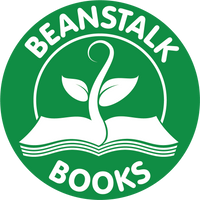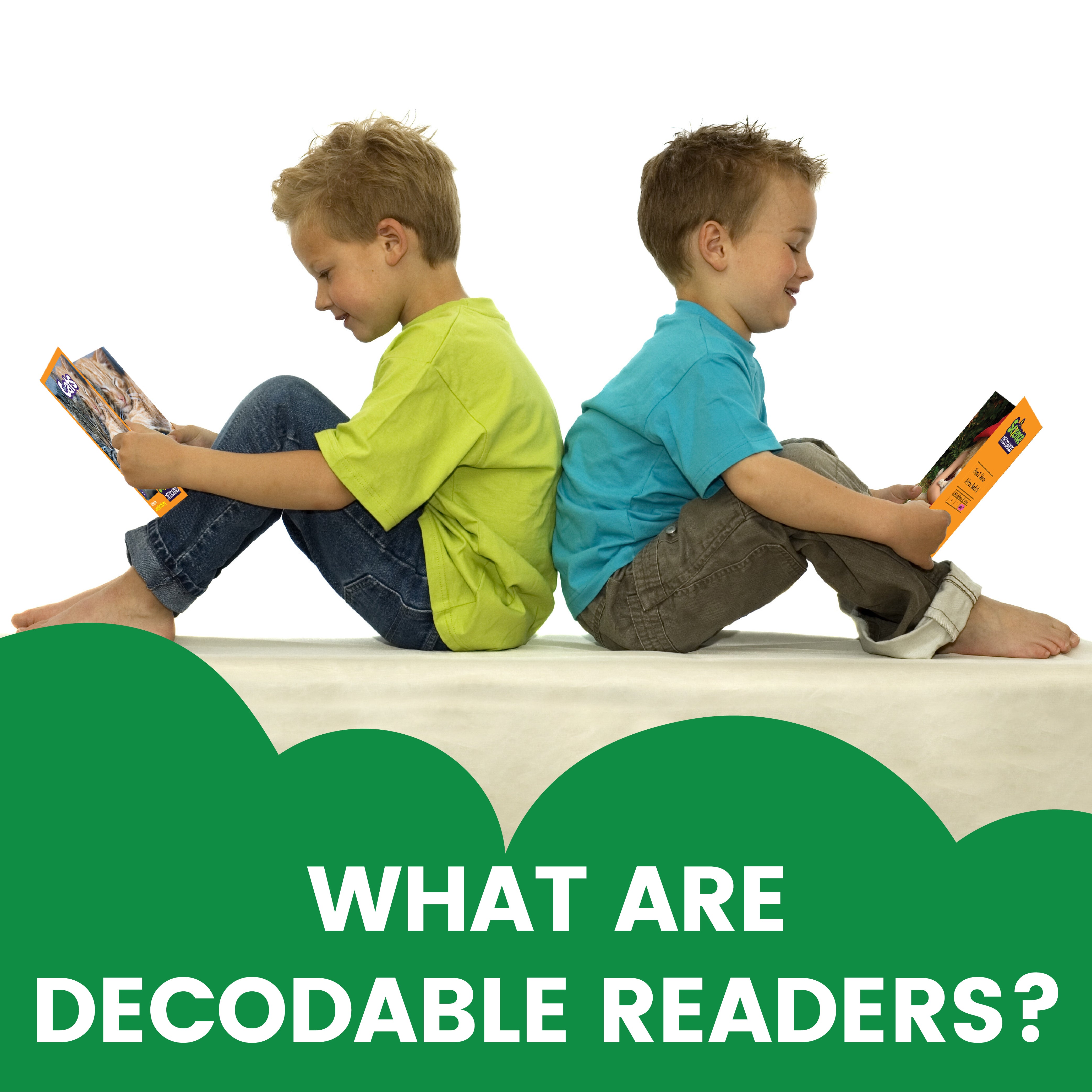Around the world, there has been a big shift in recent years in how we teach reading in schools. Phonics is now being recommended as the first strategy that children should be taught in helping them learn to read.

What is Phonics?
Phonics refers to how words are made up from small units of sound, called phonemes. Using phonics as a reading technique, rather than a whole language approach, helps children to listen carefully and identify phonemes that make up a words. This helps children to learn to read words and to spell words.

GPCs, Blending & Segmenting
There are three key techniques in teaching children to read with phonics. Children are taught GPCs, which stands for grapheme phoneme correspondences. This means that they are taught all the phonemes in the English language. The sounds are taught in a particular order. The first sounds in a systematic phonics approach would be s, a, t, p.

Children are also taught to blend. When children say the sounds that make up a word, they can merge the sounds together, to hear what the word is.
Segmenting is when children are able to say a word, then break it up into the phonemes that make it up. This teaches children to spell words.

For example, in the word cat, children learn to identify three individual phonemes: /c/ /a/ /t/ that can be blended together to produce the word. This is known as synthetic phonics. The ‘synthetic’ part of this teaching method relates to synthesising or blending sounds to create words.
Is Phonics Difficult to Teach?
The English language is a bit more complicated than some other languages. While English has only around 44 phonemes, it does have around 120 graphemes. So if we only have 26 letters in the alphabet, some graphemes are made up from more than one letter (e.g. ch-th-oo are all digraphs; graphemes with two letters). There are also graphemes made up of 3 letters, and even 4 letters. Some graphemes can represent more than one phoneme (e.g. ch makes different sounds in the word church, chef and school).
Science is showing more and more that teaching phonics is more efficient than other traditional reading approaches. Most teaching professionals, cognitive neuroscientists, and reading and language experts, tend to agree that the tricky parts of the English language make it even more important that we teach phonics systematically. Children learn the simple parts first and then progress as they build up their GPC bank.

Beanstalk Books literacy resources are developed around our Letters & Sounds systematic phonics teaching program. For more information about phonics and how it can be best used to teach reading, please visit us at www.beanstalkbooks.com


